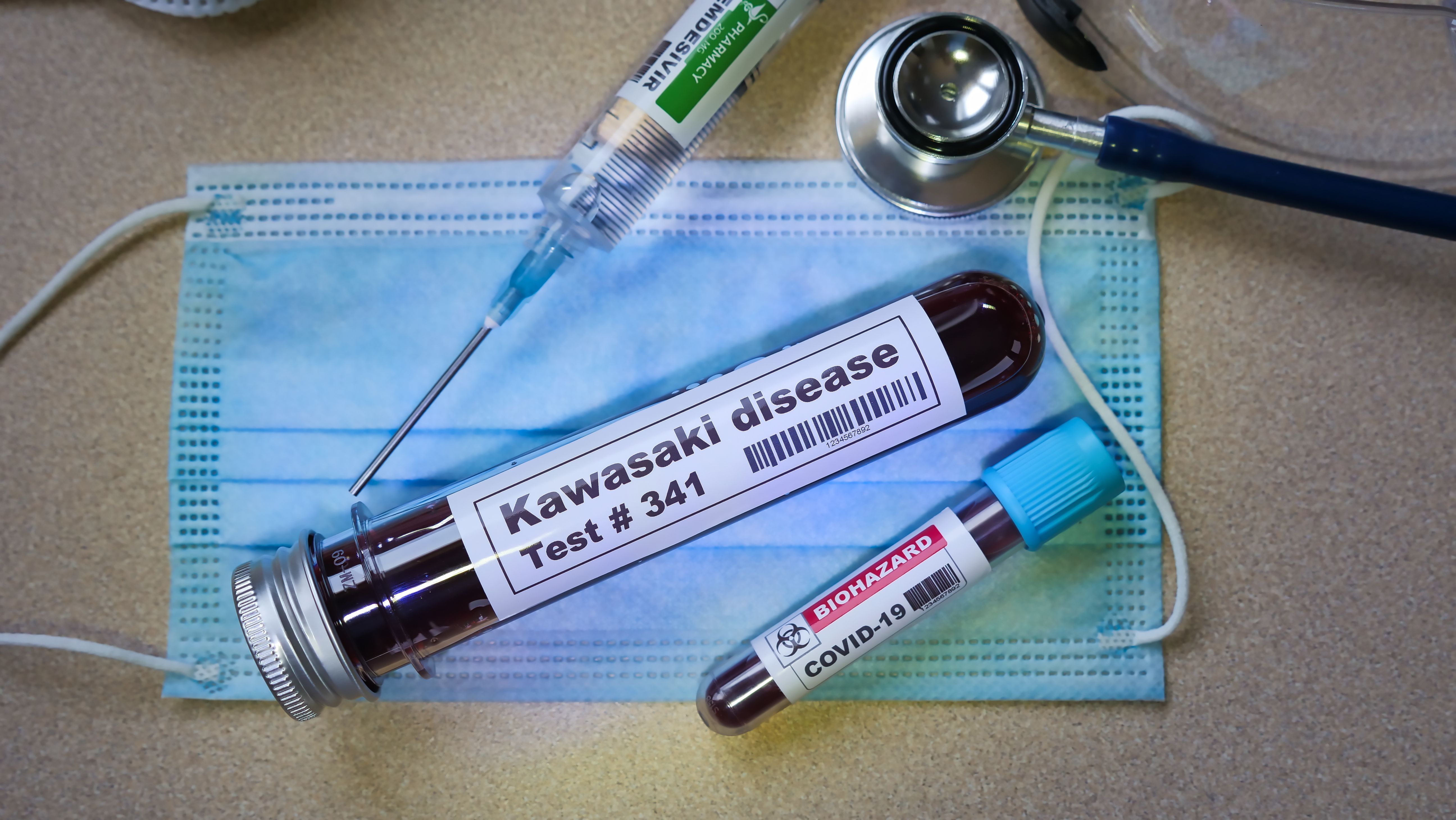Takeaways:
- Higher serum folic acid levels in mothers and consistent folic acid supplementation during the second and third trimesters reduce the risk of Kawasaki disease (KD) in infants aged under 1 year.
- KD is an acute systemic vasculitis primarily observed in infants and young children, with a US incidence rate of 20 to 25 cases per 100,000 children aged under 5 years annually. It is the leading cause of acquired pediatric heart disease, yet its cause remains unknown.
- The risk of KD is higher during infancy, suggesting that in utero exposure might influence the onset of the disease. However, concrete data linking in utero exposure to KD onset is limited.
- The study involved 87,702 participants from the Japan Environment and Children’s Study. Maternal serum folic acid levels and the frequency of folic acid supplementation during pregnancy were the primary exposures examined.
- The study's findings underscore the potential protective role of maternal folic acid supplementation against KD in infants. Further research through prospective randomized clinical trials is recommended to establish this association definitively.
Kawasaki disease (KD) risk in infants is reduced by higher serum folic acid levels and second and third trimester maternal folic acid supplementation more than once a week, according to a recent study published in JAMA Network Open.
KD is an acute systemic vasculitis primarily observed in infants and young children, with an incidence of 20 to 25 cases per 100,000 children aged under 5 years in the United States per year. Despite being the leading cause of acquired pediatric heart disease, the cause of KD is unknown.
The risk of KD is increased during infancy, indicating in utero exposure may impact disease onset. However, there is little data on the association between in utero exposure and KD onset. To evaluate this association, investigators conducted a cohort study using data from the Japan Environment and Children’s Study.
Mothers were recruited across 15 regional centers between January 2011 and March 2014. Exclusion criteria included miscarriage or stillbirth, no available maternal folic acid supplementation data during pregnancy, lack of maternal questionnaire completion at 6 months and 1 year after birth, and no KD history at 6 months followed by no response at 1 year.
KD onset in children aged 12 months and younger was the primary outcome of the analysis, determined by a maternal report of offspring KD history on questionnaires at age 6 month or 1 year. The Revision of Diagnostic Guidelines for Kawasaki Disease (5th Revised Edition) was used to diagnose KD. Participants were grouped into a KD group and a non-KD group.
Maternal serum folic acid levels were the primary exposure of the analysis, measured from second and third trimester blood sampling data in nanograms per millimeter. The frequency of maternal trimester folic acid supplementation in the first, second, and third trimesters was measured as secondary exposures.
Other variables evaluated for an association with KD included maternal prepregnancy physical characteristics, maternal medical history, paternal medical history, and parental socioeconomic status.
There were 87,702 participants included in the analysis, of whom 34.7% of mothers took folic acid supplements. KD by age 1 year was reported in 336 children.
In both the KD group and non-KD group, the folic acid intake from meals was estimated at 260 μg per day. Higher maternal serum folic acid levels were reported in patients with a higher socioeconomic status, higher supplementation percentage, increased age, and higher proportion of children with no siblings.
The rate of KD in patients with maternal serum folic acid levels of 10 mg/mL or more was 0.27% of children. In patients with maternal serum folic acid levels below 10 mg/mL, this rate was 0.41%. A significant association was observed between maternal serum folic acid levels and reduced KD risk.
Rates of KD were decreased in children of mothers who took folic acid supplementation during the first trimester compared with those who did not take folic acid, at 0.34% vs 0.42%, respectively. Among children of parents who did and did not take folic acid supplementation during the second and third trimester, these rates were 0.30% and 0.43%, respectively.
These results indicated maternal folic acid supplementation reduces the risk of KD incidence in infants aged under 1 year. Investigators recommended prospective randomized clinical trials be conducted to clarify this association.
Reference:
Fukuda S, Tanaka S, Kawakami C, Kobayashi T, Ito S, Japan Environment and Children’s Study Group. Maternal serum folic acid levels and onset of kawasaki disease in offspring during infancy. JAMA Netw Open. 2023;6(12):e2349942. doi:10.1001/jamanetworkopen.2023.49942
